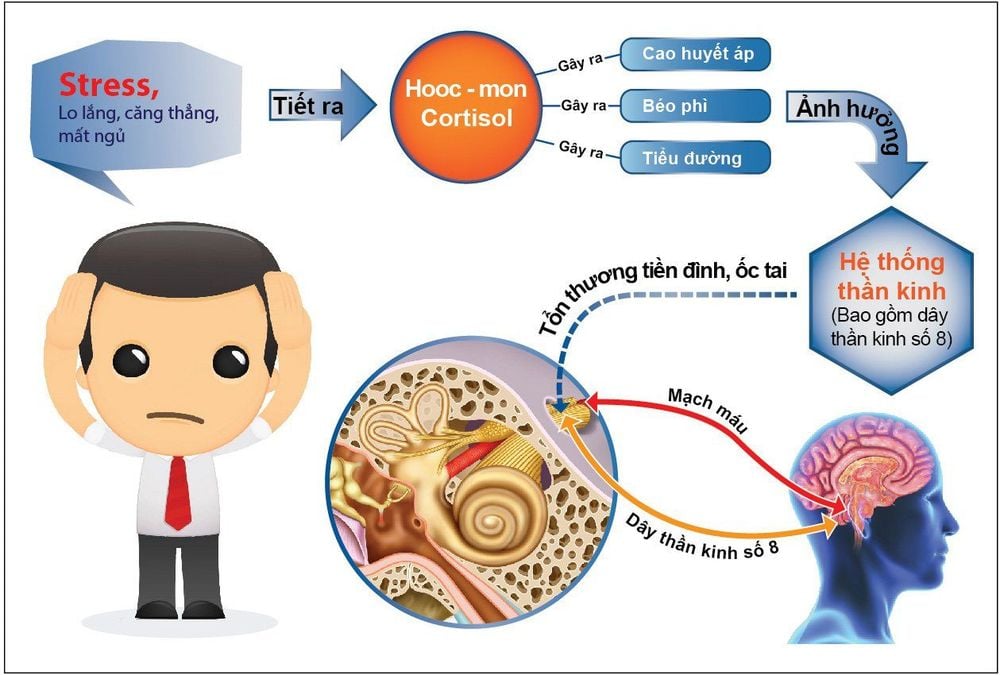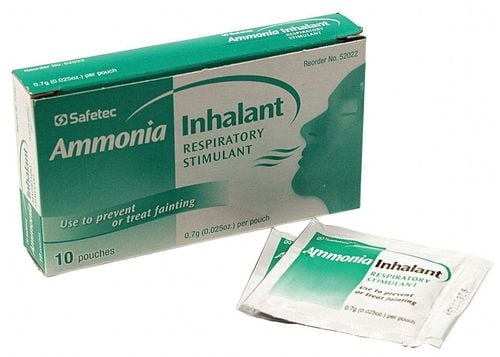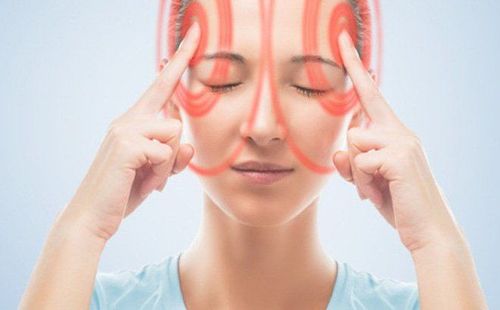This is an automatically translated article.
Prevalence of vestibular disorders has been estimated in several population-based studies and can be classified as studies evaluating a cardiac symptom of vestibular dysfunction, dizziness; studies that estimate vestibular function using the balance test and studies that look at the incidence of specific vestibular disorders.1. Prevalence of vestibular dysfunction
A study in Germany studied a representative sample of the population for vestibular vertigo, defined as rotational vertigo (hallucinations of self-motion or object movement), positional vertigo (dizziness or dizziness precipitated by a change in head position, such as lying down or turning the head in bed) or recurrent dizziness with nausea and oscillation or loss of balance.
Neurological interviews in 1003 subjects were used to validate the questionnaire. The study found that the lifetime prevalence of adult vertigo was 7.4%, the 1-year prevalence was 4.9%, and the 1-year prevalence was 1.4%. Vestibular vertigo is 3 times more common in the elderly and presents almost 3 times more commonly in women.
2. Impact of vestibular dysfunction
The impact of vestibular disorders can also be determined based on an increased risk of clinically significant outcomes such as falls. In the previously mentioned study using data from NHANES, those with balance disorders had a 2.6-fold reduction in incidence and those with clinical symptoms (eg, reported dizziness) had reduction rate 12 times.
Falls are a very common event among older adults: more than 1 in 3 adults living in the community > 65 years of age each year. Falls cause a large number of individuals and societies: 10% of falls result in major injuries such as hip fractures, falls increase the risk of nursing home stay tenfold and the cost of falls in The United States is estimated to exceed 20 billion dollars per year

Stress là nguyên nhân dẫn tới rối loạn tiền đình
3. Targeted Treatment
Currently, treatment options for preeclampsia, and bilateral vestibular deficiency (BVD) in general, are limited. Vestibular rehabilitation is the mainstay of treatment whereby the patient compensates for the vestibule using visual cues or proprioception under the guidance of a therapist. Other options include the use of alternative sensory methods such as biofeedback prostheses, whereby a body-worn device provides sensory feedback (eg, vibration, hearing) to the patient to orient the trunk while the body sways.
However, strong, systematic evidence to support rehabilitation strategies that treat BVD and improve clinically meaningful outcomes (eg, quality of life, falls) is lacking. Multichannel vestibular prostheses represent a promising new technology for the treatment of BVD pending human trials
Vestibular disorders are quite common and the impact on overall health and well-being is significant . The urgent need for treatment is a function of both the prevalence and impact of vestibular disorders. This need is exemplified in the case of premedication, which appears to be very common in the elderly and leads to significant morbidity including falls.
For vestibular disorders with well-defined pathophysiology, effective, targeted treatments exist. Although the specific treatments reviewed are not pharmacological, the treatment of Meniere's disease, vestibular migraine, and behavioral consequences of chronic vertigo (eg, anxiety, phobias, and motion sickness associated with chronic vertigo) represent important potential targets for pharmacological intervention. The development of effective treatment modalities will require a greater understanding of the pathophysiological basis of vestibular disease, followed by controlled studies of the efficacy of pharmacological interventions in the management of vestibular disease. vestibular disease treatment.
Department of Neurology - Vinmec Times City International General Hospital is one of the prestigious and effective medical facilities specializing in examination and treatment of diseases related to the central nervous system.
Experienced medical team such as Assoc. Prof. Dr. Chu Hoang Van, Doctor Vu Dung Kien with expertise in the examination and treatment of diseases related to the central nervous system (cranial, meningeal, brain) , blood vessels in the brain, nerves in the skull, pituitary gland, spine, discs, spinal cord) and peripheral nervous system (nerves and ganglia outside the brain and spinal cord).
Please dial HOTLINE for more information or register for an appointment HERE. Download MyVinmec app to make appointments faster and to manage your bookings easily.
Article referenced source: ncbi.nlm.nih.gov












